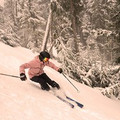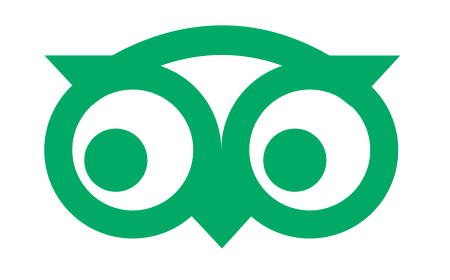的点评
A highlight of my visit to Daegu
Daegu Yangnyeongsi Museum of Oriental Medicine的点评
点评:First of all, take a moment and talk with the nice gals at the entrance -- they will help you get set up with an audio guide on your phone. Bring ear buds/headphones so that you can listen to the guide. As a western health care provider, and frankly just as a curious person, I found the exhibits educational, thorough, and professionally presented. I discovered a lot about oriental/eastern medicine (herbs, acupuncture, theories of health and disease). I also learned about the history of Daegu and why this geographic area was (and still is) so important in traditional medicine, which is still practiced throughout South Korea. If you walk the streets around the museum, you'll find small traditional medicine shops, and if you stroll over to Seomun market, you'll see stalls with various roots and plant materials sold to make different medicines. I combined this visit with the Daegu Modern History Museum and Seomun market (walked to everything) and felt like I understood much more about Daegu and Korea in general, as a result.
翻译:首先,花点时间和入口处友善的女士们聊聊——她们会帮你安装好手机上的语音导览。记得带上耳机/耳塞,方便聆听导览。作为一名西方医疗保健从业者,坦白说,也只是出于好奇,我发现这些展览既有教育意义,又内容详尽,而且呈现得非常专业。我学到了很多关于东方医学的知识(草药、针灸、健康和疾病理论)。我还了解了大邱的历史,以及为什么这个地理区域在传统医学中(现在仍然)如此重要,这种传统医学至今仍在韩国各地使用。如果你在博物馆周围的街道上走走,你会发现一些小型传统药店;如果你漫步到西门市场,你会看到一些摊位,出售各种根茎类植物和用于制作不同药物的植物材料。我把这次参观与大邱近代历史馆和西门市场(步行到所有地方)结合起来,感觉自己对大邱和韩国有了更深入的了解。
此点评仅代表旅行者个人的主观意见,并不代表TripAdvisor以及其合作方的意见。
关于我们
|
新闻动态
|
商务合作
|
会员中心
|
业主中心
|
业主通
|
常见问题
|
意见反馈
|
联系我们
|
营业执照
© 2025 Tripadvisor 版权所有。
使用条款 |隐私政策 |网站工作原理
部分照片由 VFM Leonardo 提供。
* Tripadvisor不是旅行社,也不是旅游预订服务代理商。我们提供免费、客观、公正的旅游资讯服务。 (显示更多)
TripAdvisor LLC 既不是预订代理商,也不是旅游运营商,不会向网站用户收取任何服务费。 按照规定,在 Tripadvisor 发布机票价格、游览和旅行套餐的合作伙伴(航空公司、旅行提供商及预订代理商),其标价须包含所有费用和附加费用。 例如, 机场出入境税费、消费税与其他服务费、手续费、杂费及附加费用。 当您向我们的某个合作伙伴进行预订时,请务必查阅他们的网站以了解当地行政部门要求的所有适用费用的具体情况。 除非另有说明,机票价格通常指的是一个人的价格(以人民币计)。
为方便起见,TripAdvisor LLC 根据从我们的预订合作伙伴获取的空房率计算每个酒店的均价。 对于游览和景点来说,所显示价格通常是每位成人的最低可用价格。 对于列出的任何旅行套餐或优惠,TripAdvisor LLC 无法保证任何特定的费率或价格。 此外,酒店均价每晚会更新,并以您的首选币种表示(使用现行汇率)。 由于这些已换算的价格是预估价格,因此,有关具体金额和币种请与预订网站进行核实。
此外,TripAdvisor LLC 无法保证我们网站上宣传的价格随时有效。 标价可能需要预订一定天数才能生效,或有不可用日期、使用条件或限制。
TripAdvisor公司对外部网站的内容一概不负责。优惠价格中不含税和其他费用。
ICP证:沪B2-20200433
沪ICP备20013175号
 沪公网安备31010502005427号
沪公网安备31010502005427号鹰程信息技术(上海)有限公司
货币/国家及地区
¥CNY
中国

